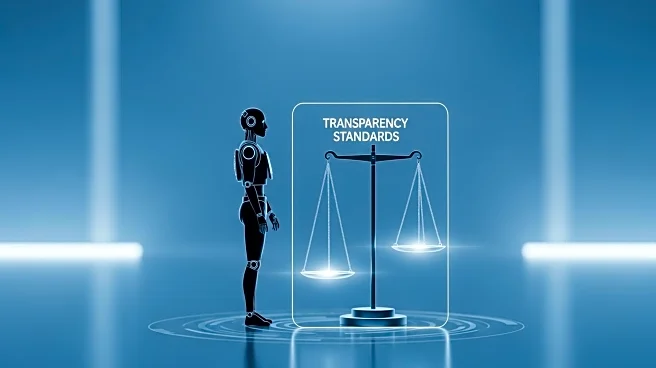What's Happening?
California has passed a law allowing the sale of E15 ethanol blends, a move applauded by agricultural and ethanol groups. The legislation, signed by Governor Gavin Newsom, is expected to increase corn usage for ethanol production, potentially reducing gas prices and saving California drivers billions annually. This development comes as soybean and corn futures remain relatively stable, influenced by favorable weather conditions aiding the ongoing harvest. The U.S. Department of Agriculture projects record production levels for both crops, with corn and soybean harvests progressing steadily. The passage of the E15 bill marks a significant step for California, previously the only state not permitting E15 sales.
Why It's Important?
The approval of E15 sales in California represents a major victory for the ethanol industry, promising increased demand for corn and potential economic benefits for farmers. By expanding ethanol blending, the state aims to reduce fuel costs and improve air quality, aligning with broader environmental goals. This legislative change could encourage other states to adopt similar measures, potentially leading to nationwide shifts in fuel standards and agricultural practices. The increased demand for corn may bolster the agricultural sector, providing economic stability and growth opportunities for farmers and related industries.
What's Next?
With California's E15 legislation in place, stakeholders anticipate further efforts to expand ethanol access nationwide. The National Corn Growers Association is advocating for federal legislation to ensure year-round availability of E15 across the country. As the harvest season progresses, farmers and industry groups will monitor the impact of increased ethanol demand on crop prices and production strategies. Additionally, ongoing discussions about environmental regulations and fuel standards may influence future legislative actions, shaping the trajectory of the ethanol industry and its role in sustainable energy solutions.
Beyond the Headlines
The shift towards E15 blends highlights the intersection of agricultural policy and environmental sustainability. As states and industries prioritize cleaner energy solutions, the role of biofuels in reducing emissions and supporting rural economies becomes increasingly significant. This development may prompt further exploration of alternative energy sources and sustainable agricultural practices, influencing long-term policy decisions and industry innovations. The focus on ethanol also underscores the importance of balancing economic growth with environmental stewardship, a challenge that will continue to shape the future of energy and agriculture.











